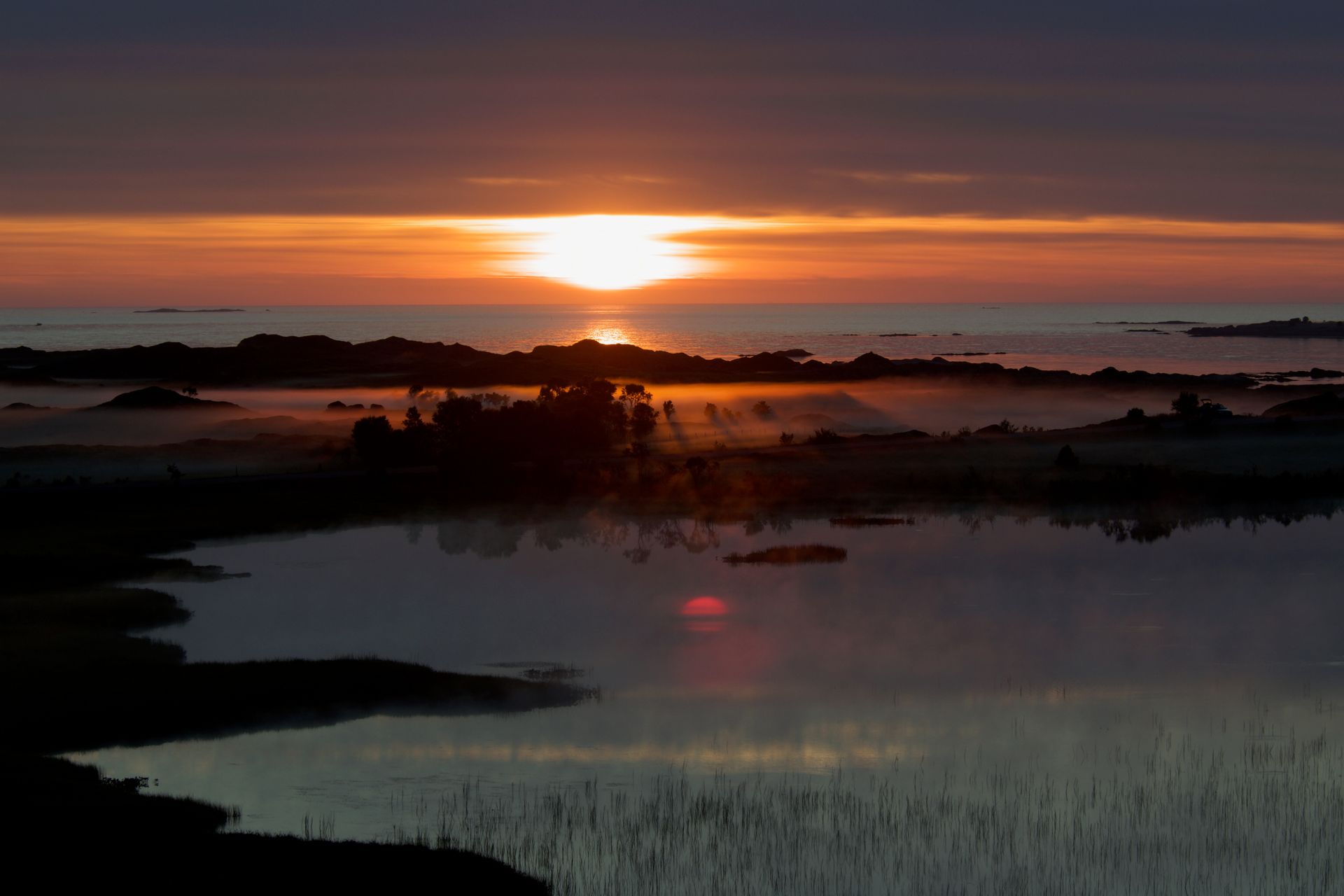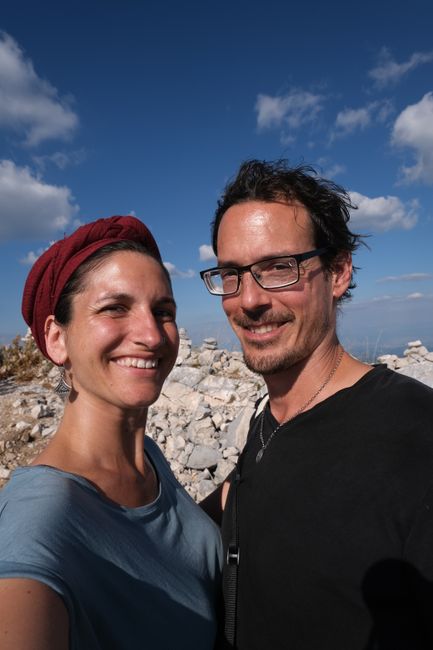Route of Volcanoes - Coipasa - Salar de Uyuni
Publikováno: 07.12.2021
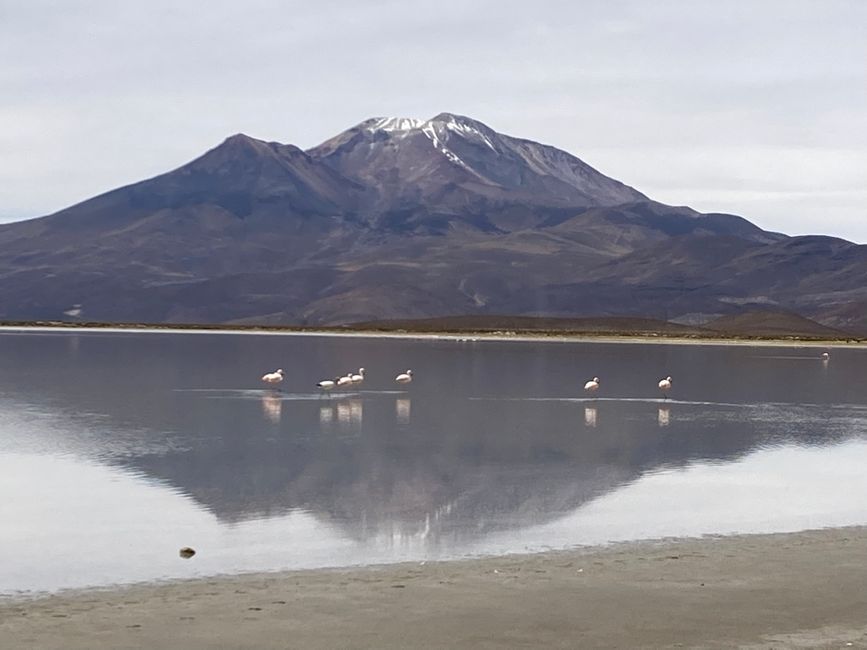
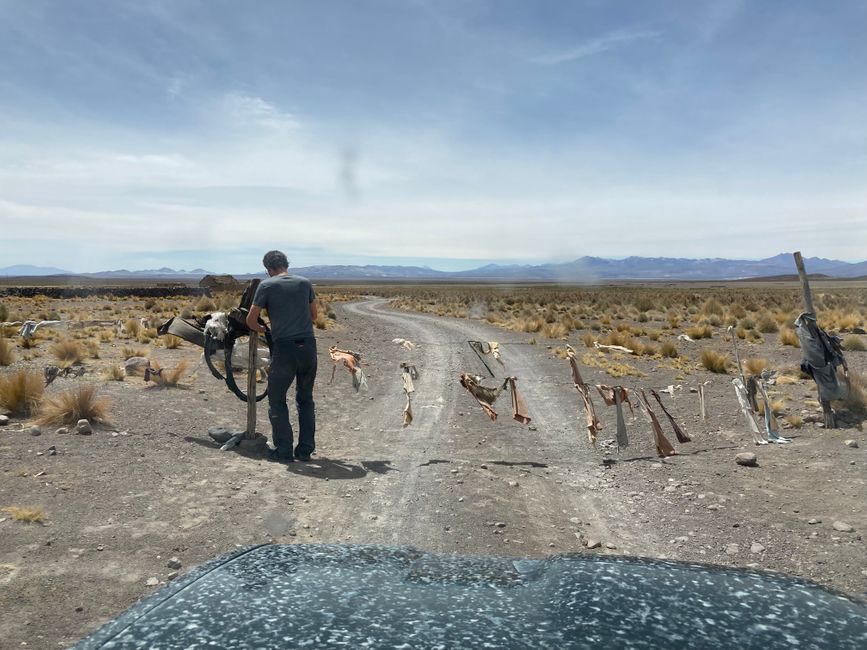
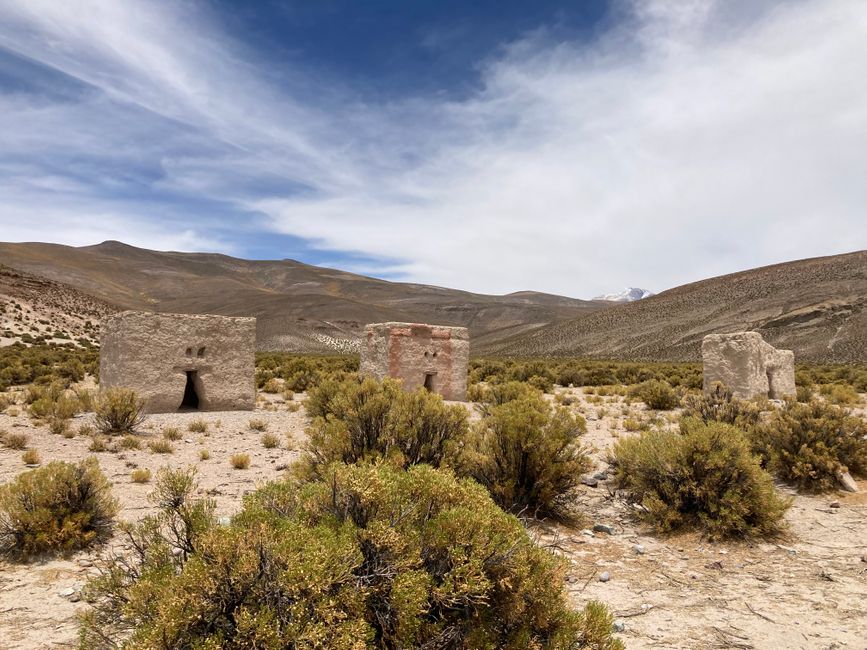
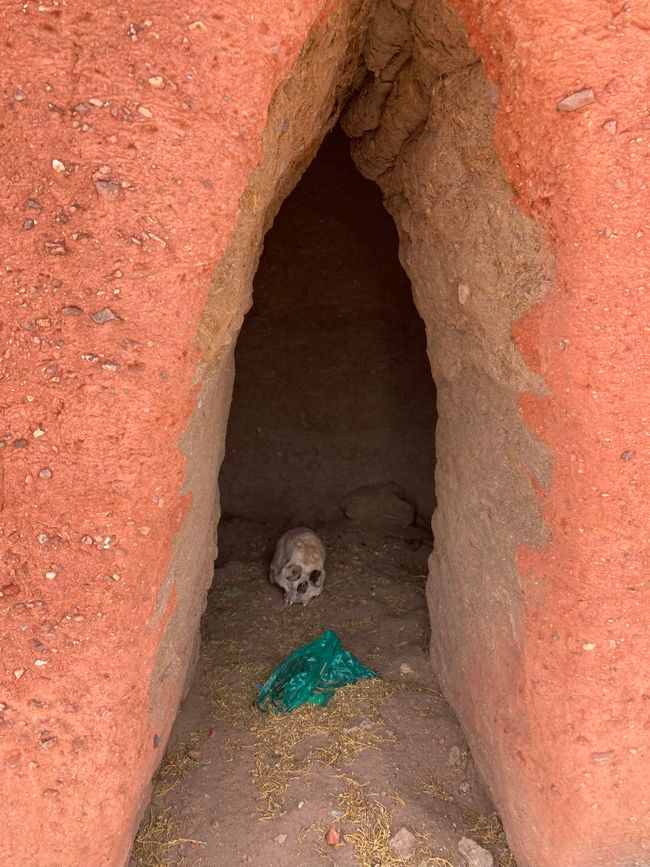
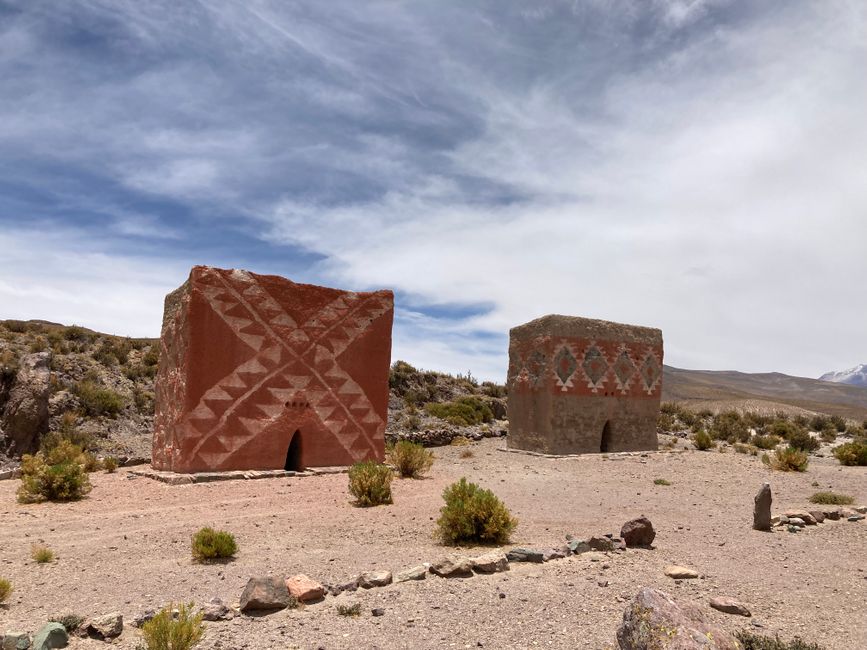
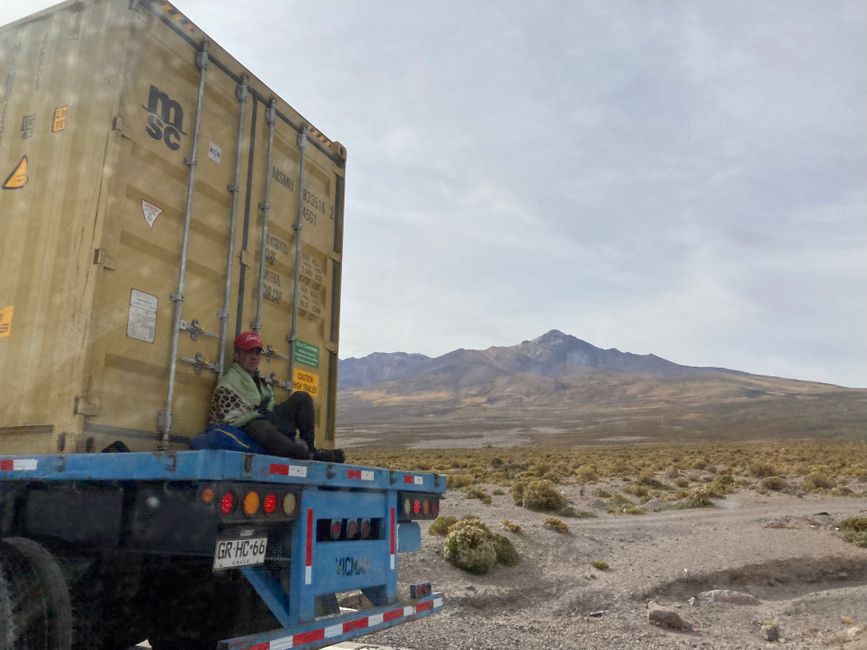
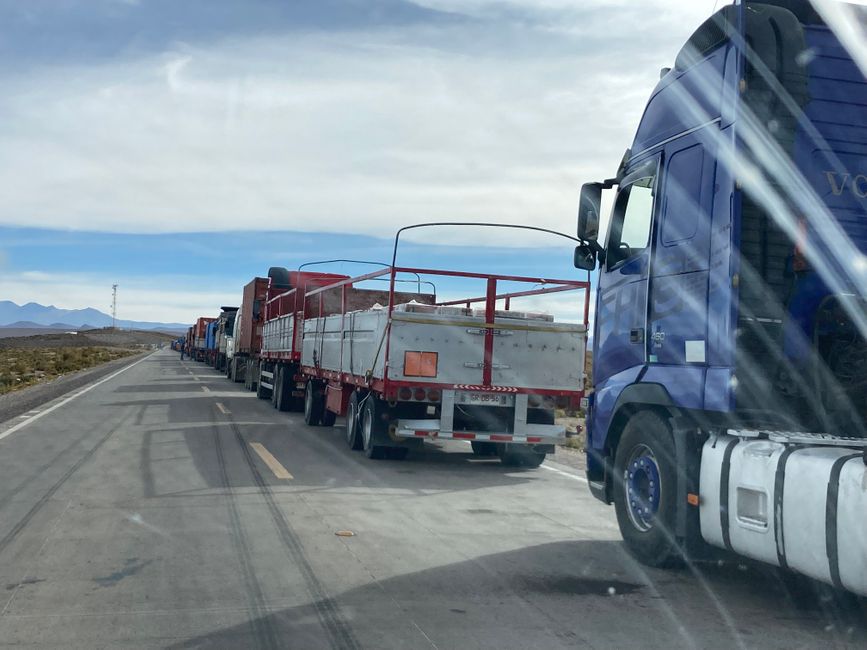
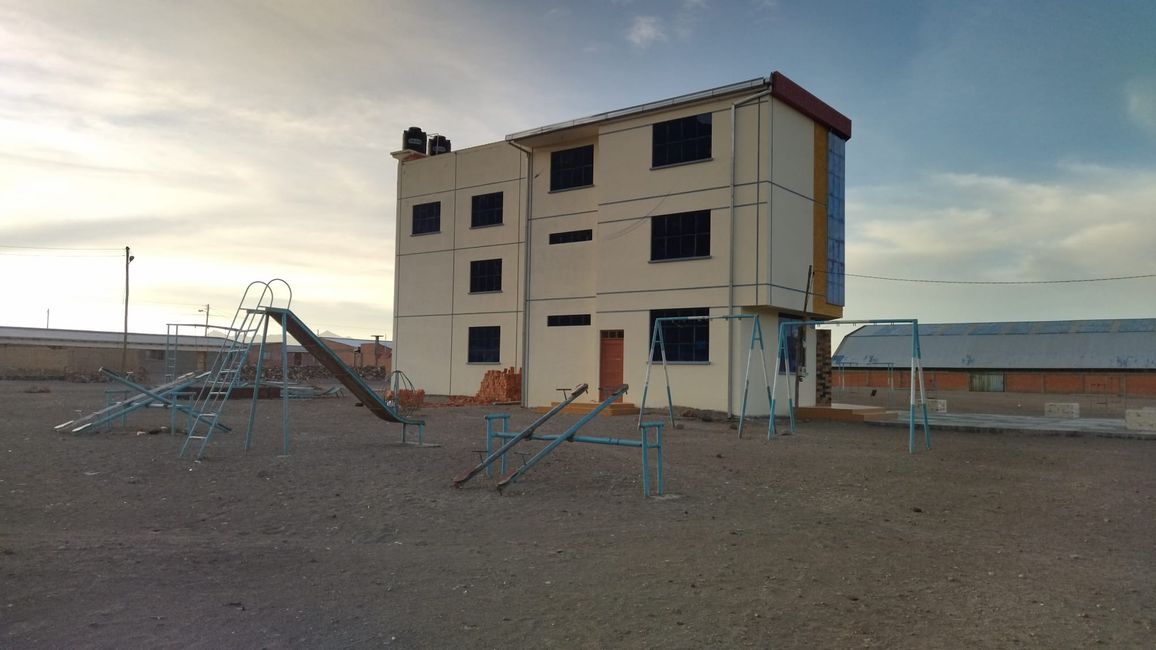
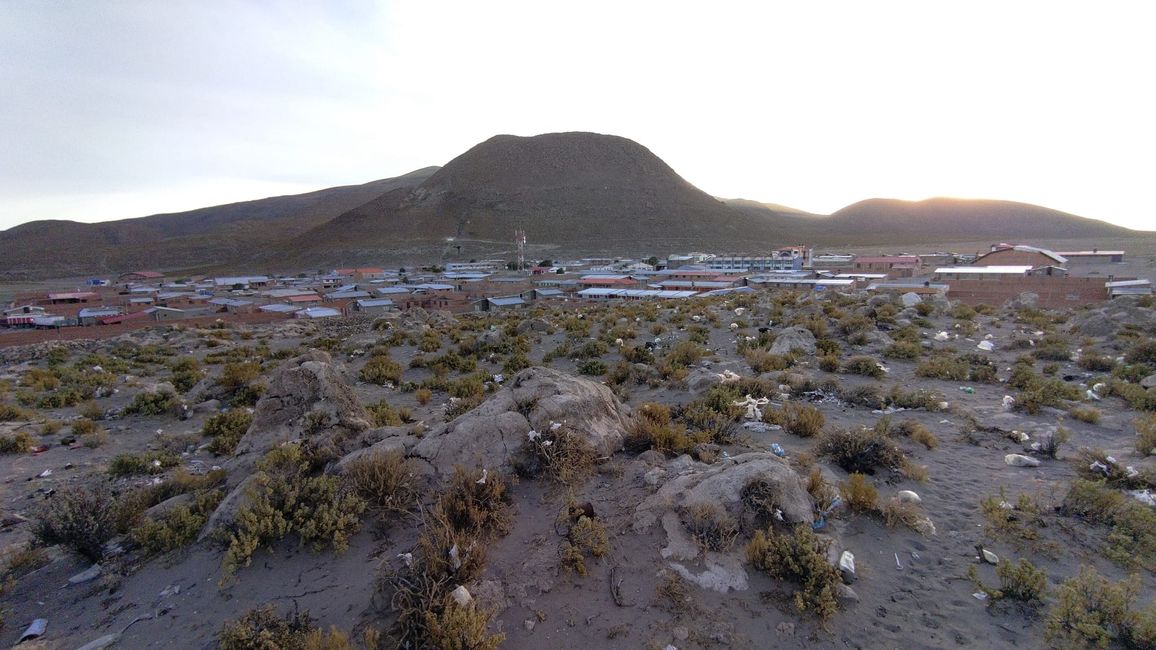
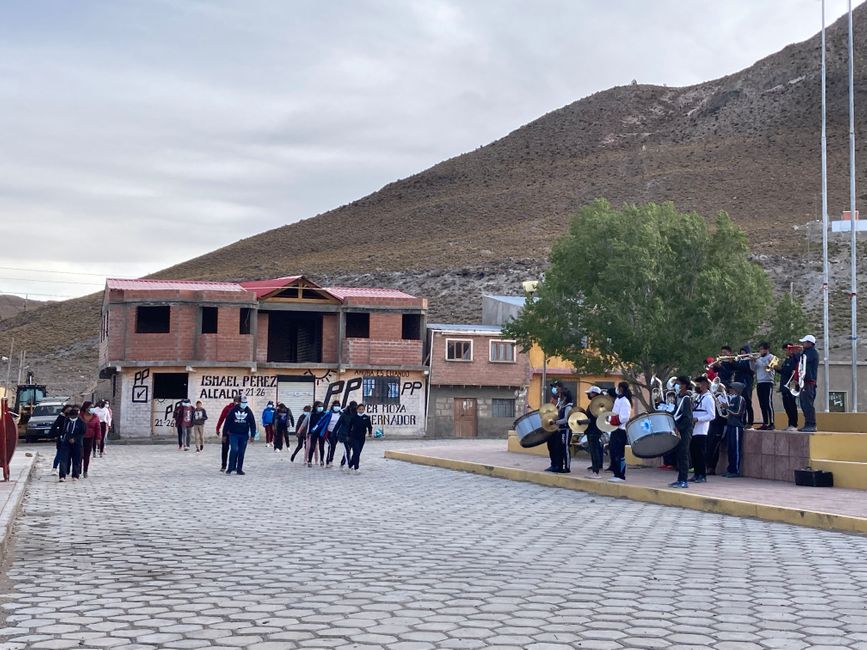
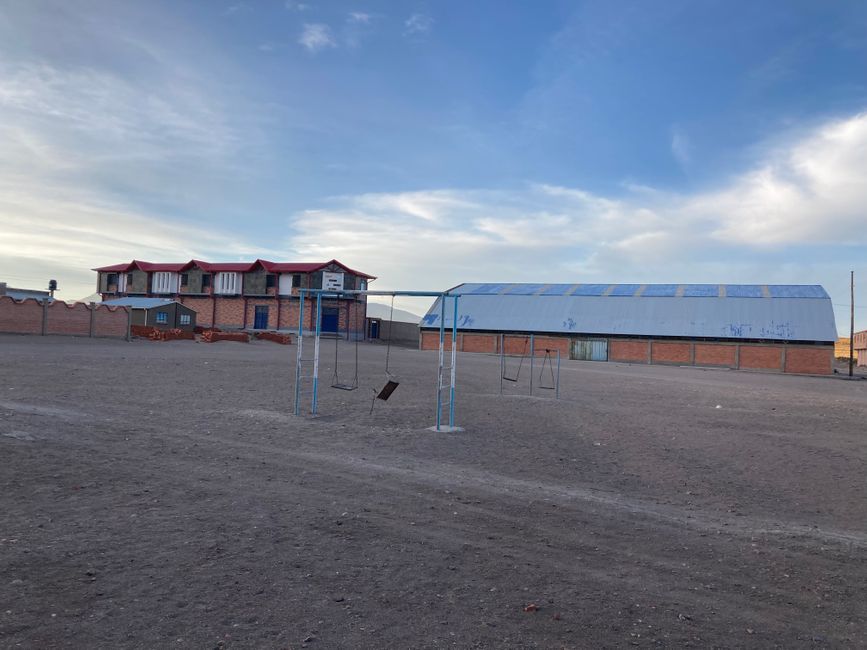
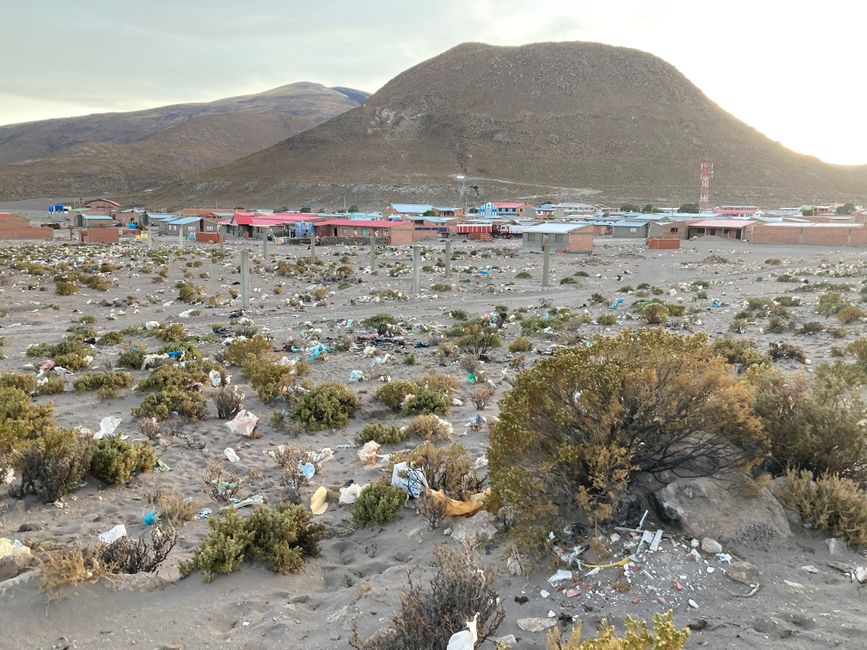
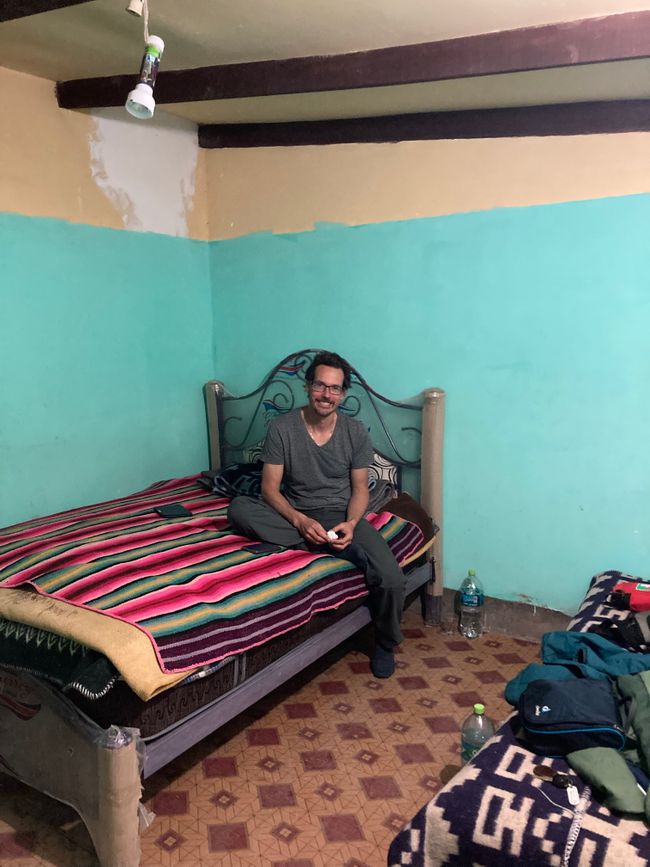
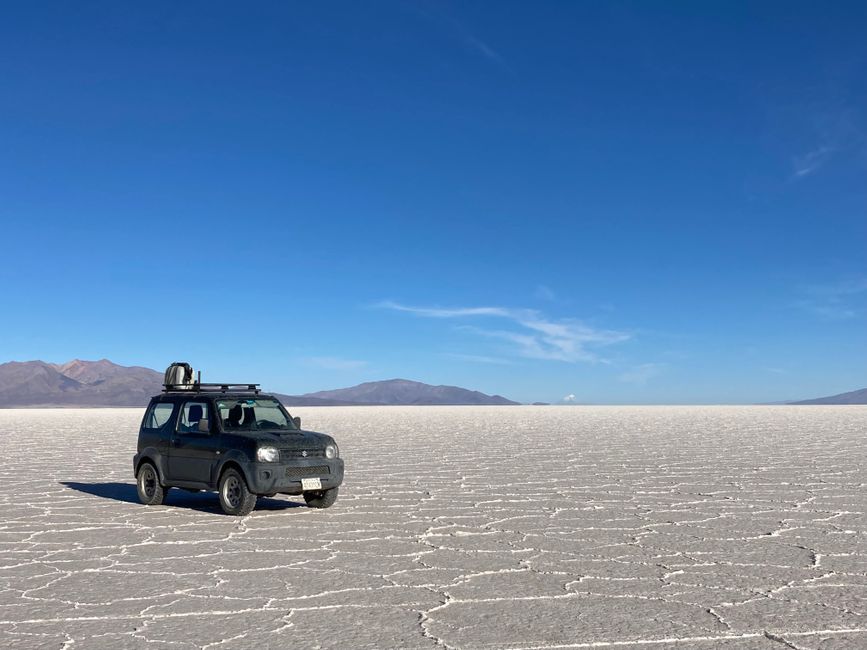
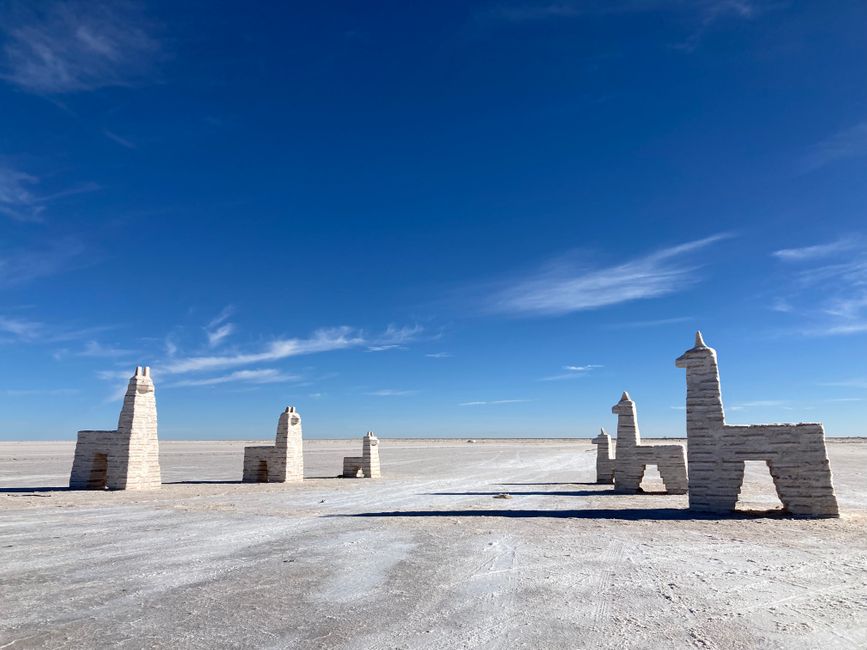
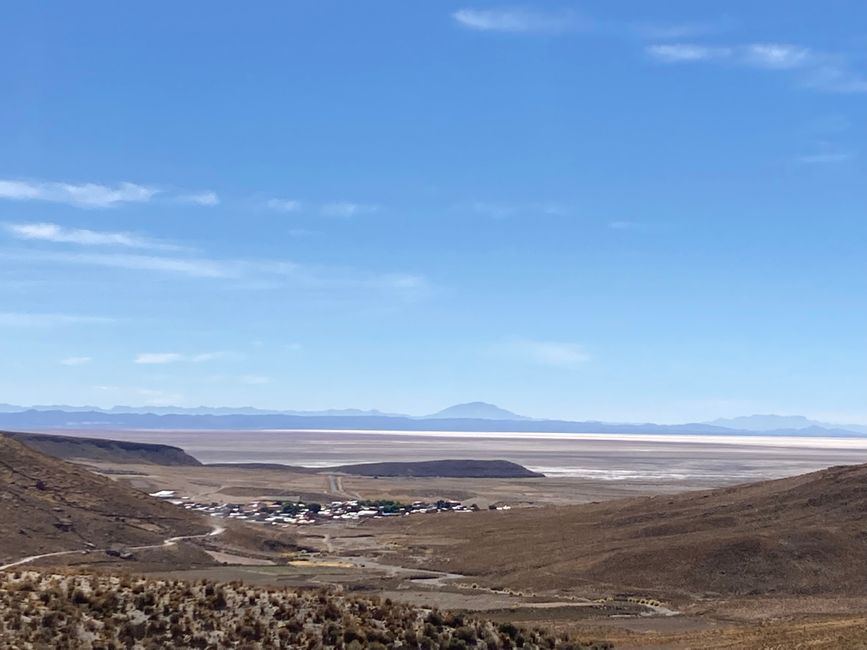
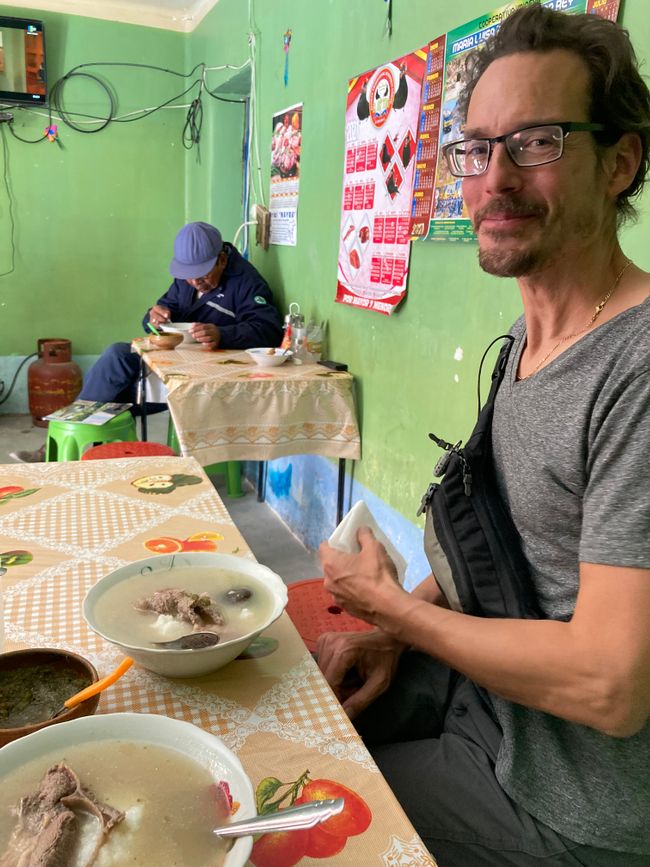
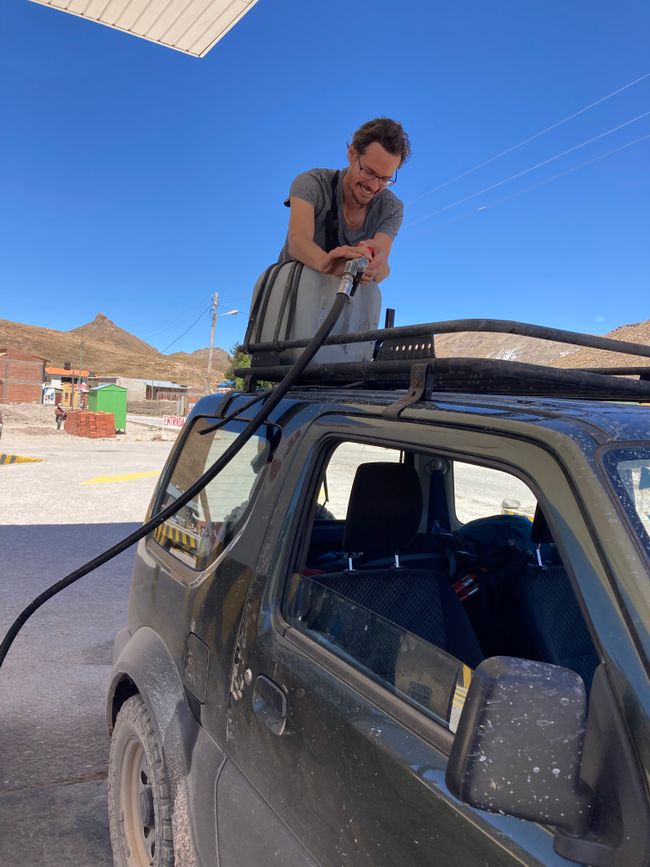
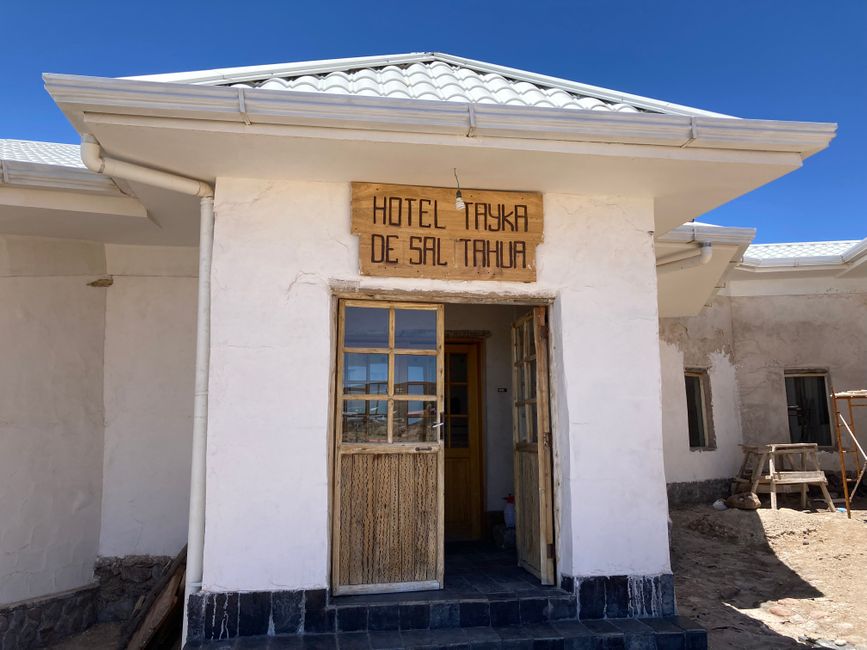
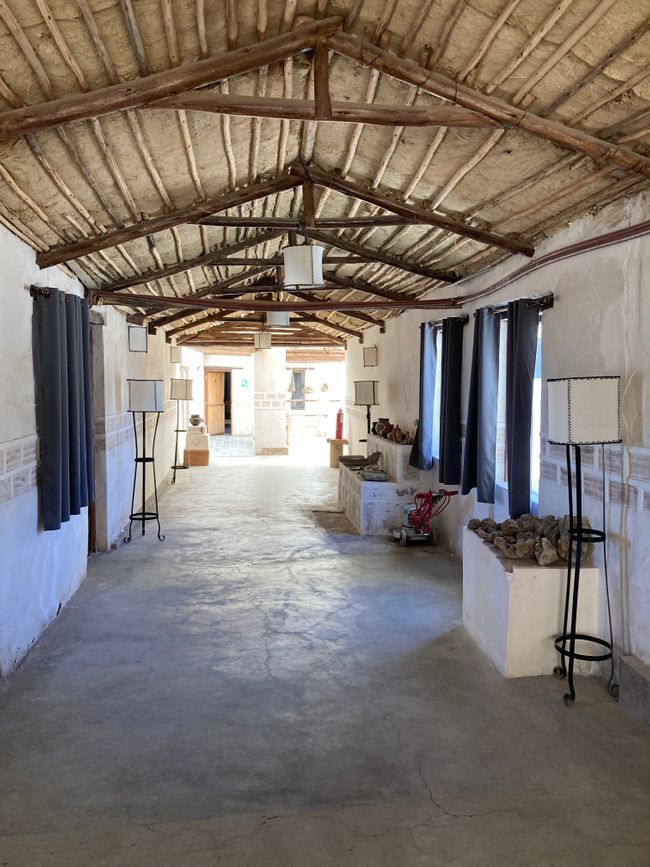
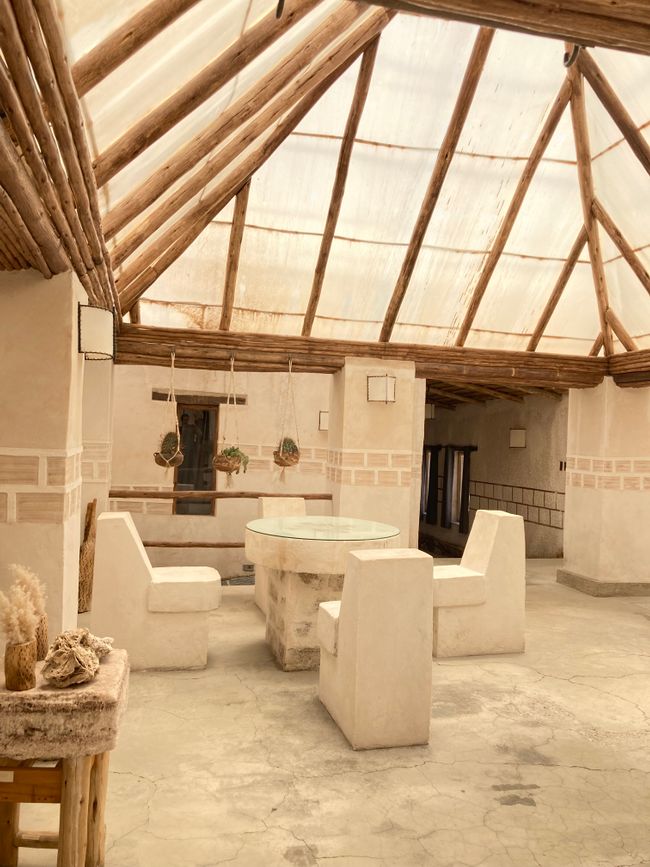
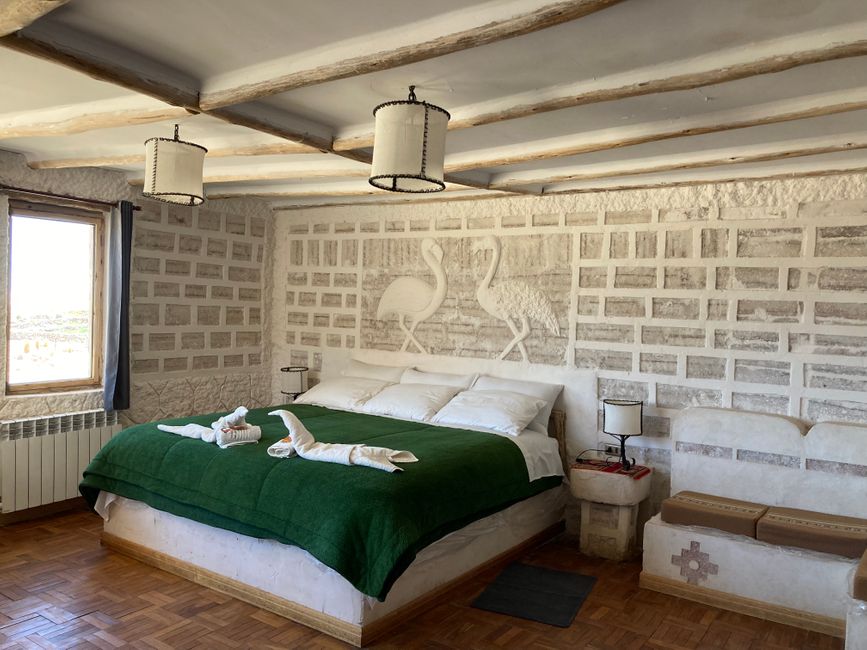
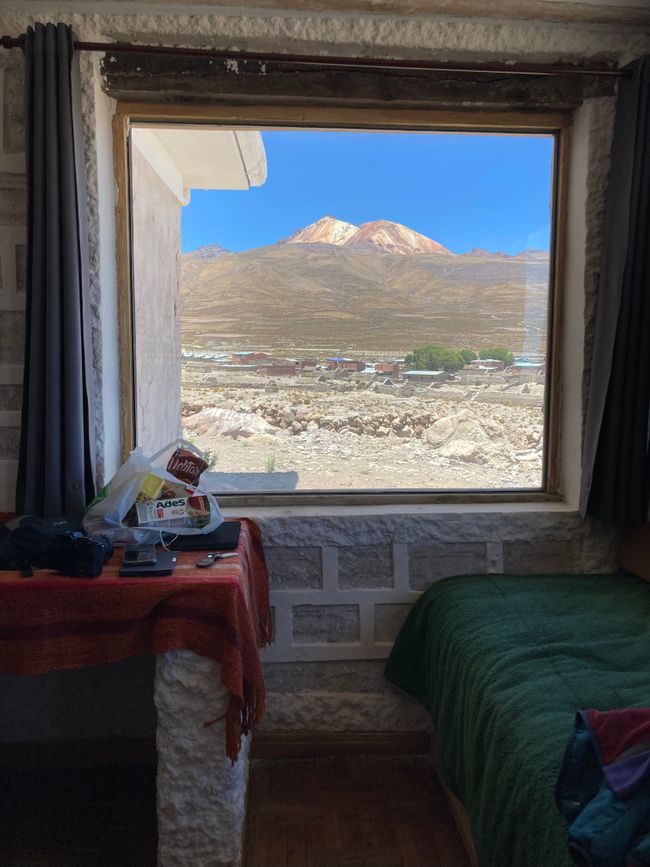
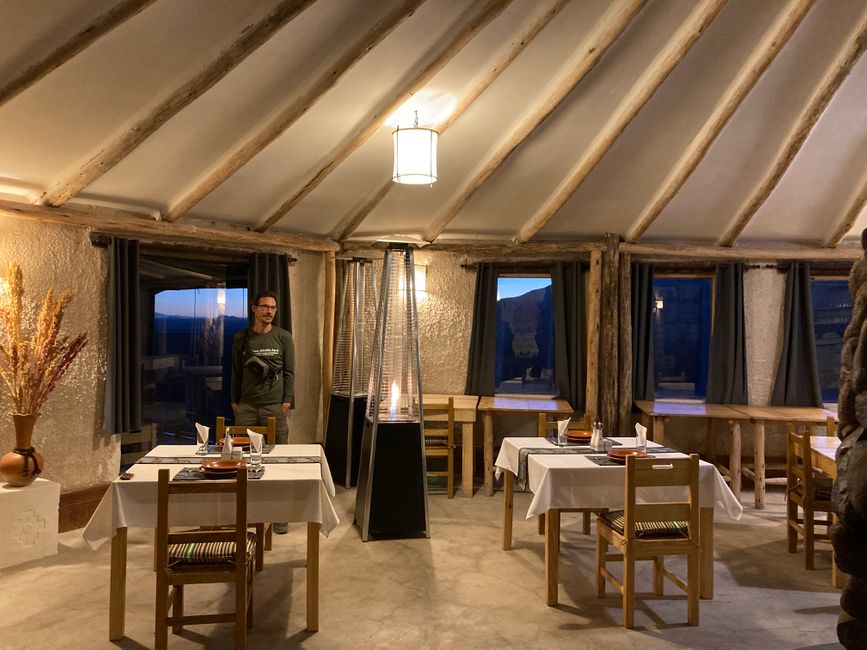
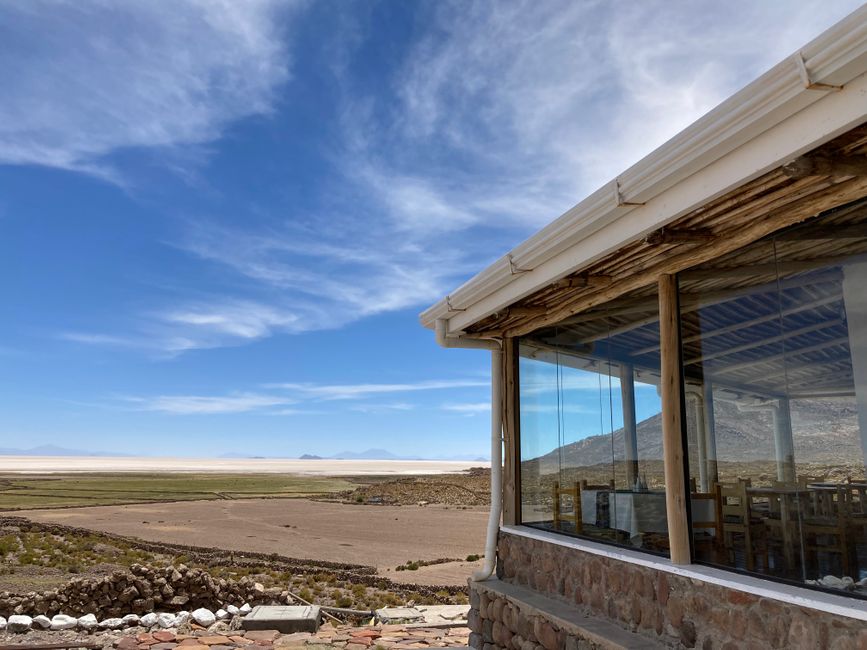
30.11. Route of Volcanoes - Coipasa
Today we have a long drive ahead of us. Back on the asphalt road, we pass the trucks again to refuel. You can never be too careful in Bolivia. There are only a few gas stations. Unfortunately, they don't fill our gas canister that we carry with us, as it can lead to misuse at the border. Amelia drives about 6 hours off-road on the Route of Volcanoes. We keep asking for directions because there are few signs and sometimes a crossroads suddenly appears out of nowhere and we have no idea whether to go left or right. We have a good "feeling" and only get lost once. Google Maps doesn't know these roads anyway and we drive based on a photo we took of a more bad than right map in the hostel. Neither the scale nor the road layout is correct. Along the way, we pass military checkpoints that check us. Those who serve in the military here know what remoteness means. The villages we occasionally pass are small and everyone here lives from llama farming. Nothing grows in the desert except for the mossy plants that the animals eat. After a long and bumpy ride, we once again come across a paved road. This leads, like the last one, towards the Chilean border. A sign indicates a gas station, but it has remained in this condition after the shell construction. This means we drive the almost 40km to the border town so that we have enough fuel again. The line of trucks at this border crossing is even longer. Of course, they also do not fill up the canister here. According to our rough calculation of the kilometers to the next gas station, we should be able to make it with 50 kilometers of remaining fuel. Hopefully, we don't get lost... Luckily, after a short time, we see a sign pointing us to a shortcut. Of course, off-road in no man's land. We find the place without any problems and ask for directions to Coipasa. We drive on salt for the first time and quickly realize that there are no longer any recognizable roads here. Numerous tracks point in roughly the same direction, or maybe not, and we drive at random. We find the exit from the salt flat and can continue on a gravel road towards Coipasa more confidently.
In the village itself, we ask at a shop for accommodation. There is no such thing here, but a young woman takes care of us and looks for a free room. While I wander around the village, Amelia is besieged and questioned by three fifth-graders. Shortly afterward, we witness a rehearsal session of the local school. They practice with the brass band and people dance in two groups. In the meantime, the woman apparently did not find what she was looking for in terms of accommodation, but we can get a room from her family. Her little brother picks us up. We are promised something to eat, but we don't see anything of it. We pay 80 Bolivianos for the room, which is about 12 Swiss francs. A short walk takes us to a hill from where we can see the salt lake that we want to cross tomorrow. A brief chat with an employee of the Health Center, and off to bed. The students practice late into the night and the parents of the young woman are also not the quietest. So it will be a short night, also because the family's conversations start early again.
1.12. We buy cookies and drinks at a store and say goodbye to the young woman whose parents we never even saw. Now it's getting really adventurous. We try to cross the Salar de Coipasa with our GPS on our phone. We quickly reach the lake, and then most of the tracks turn left. We think this is probably the main route, but we end up at a place where the residents extract salt. Since there are always moist areas and we don't know how sturdy the salt is, we are very tense. So we turn around and go back to the dam that led us onto the lake. We try going to the right and find individual tracks leading out onto the lake, but they sometimes disappear again or just turn. So we have no idea where exactly we should pass. We decide not to rely on GPS (we also only know roughly where the road on the opposite side would be) and follow the tracks of the cars that most likely also drove across the lake. After 30 minutes, we realize that we have deviated from the path and ended up at a group of salt llamas. A beautiful photo subject! But we have to take a different direction. Since we can no longer see any tracks due to the position of the sun, we must now simply follow our blue dot on the phone and search for our luck in our own track. After another 20 minutes, we can see houses on the shore and head towards them. Then tracks appear again, and we can see the dam of the road. Done! Unfortunately, this road is also not marked on Google Maps, and we have to rely on our instincts again when we come across an intersection. Fortunately, there are occasionally people chewing coca along the way who prevent us from getting lost. On the way, we see emus or at least similar running birds. After 1.5 hours of driving, we reach the town of Salinas. Here we ask for a restaurant. We find one at the village square and sit down with the locals who are already eating meat and soup at 10:00. Well, vegetables and fruits are rather scarce in the desert. We treat ourselves to a Caldo de Llama (llama meat soup with potatoes and other unidentifiable vegetables) for 10 Bolivianos. Then we buy groceries for tomorrow in three different stores, as we want to spend the night on an island in the Salar de Uyuni. The gasoline should still be enough, as we calculate. Surprisingly, contrary to our assumption, there is a gas station that even fills our canister! Our shortage of gasoline disappears into thin air, and we can face the Salar crossing tomorrow with a relaxed attitude. Today, after yesterday's long drive, we want to take it easy and drive to the Salar to find a hotel. Two are closed due to the pandemic, and the other two are very different. We decide on the most expensive hotel we have ever booked on this trip. For Bolivian standards, the exorbitant price of $166 per night with full board, we check into a room at the salt hotel in Tahua. Beautifully located and simply luxurious, the whole hotel including beds and couches is made of salt! We enjoy the silence and lounge in the room all afternoon, reading and writing in our travel diary. Let's just mention that we are also addicted to mobile games... We are looking forward to the sunset over the Salar and a good (and probably expensive) bottle of wine for dinner. ;)
Odpovědět

Cestovní přehledy Bolívie
